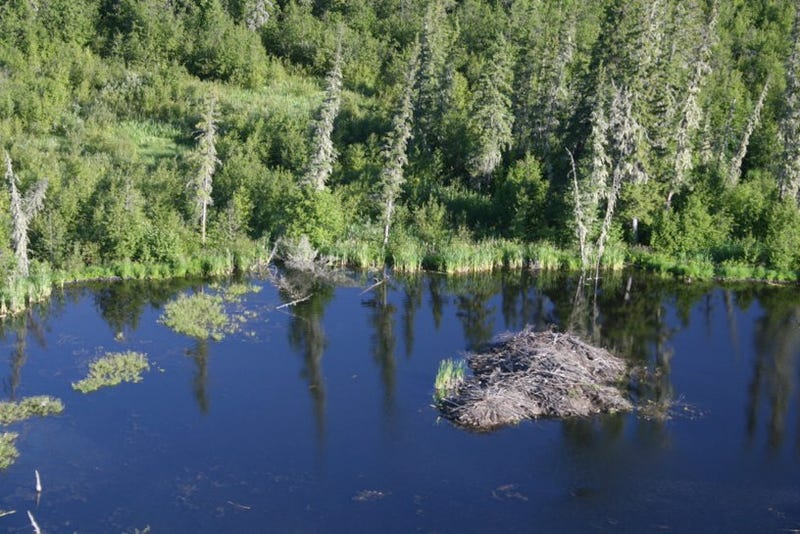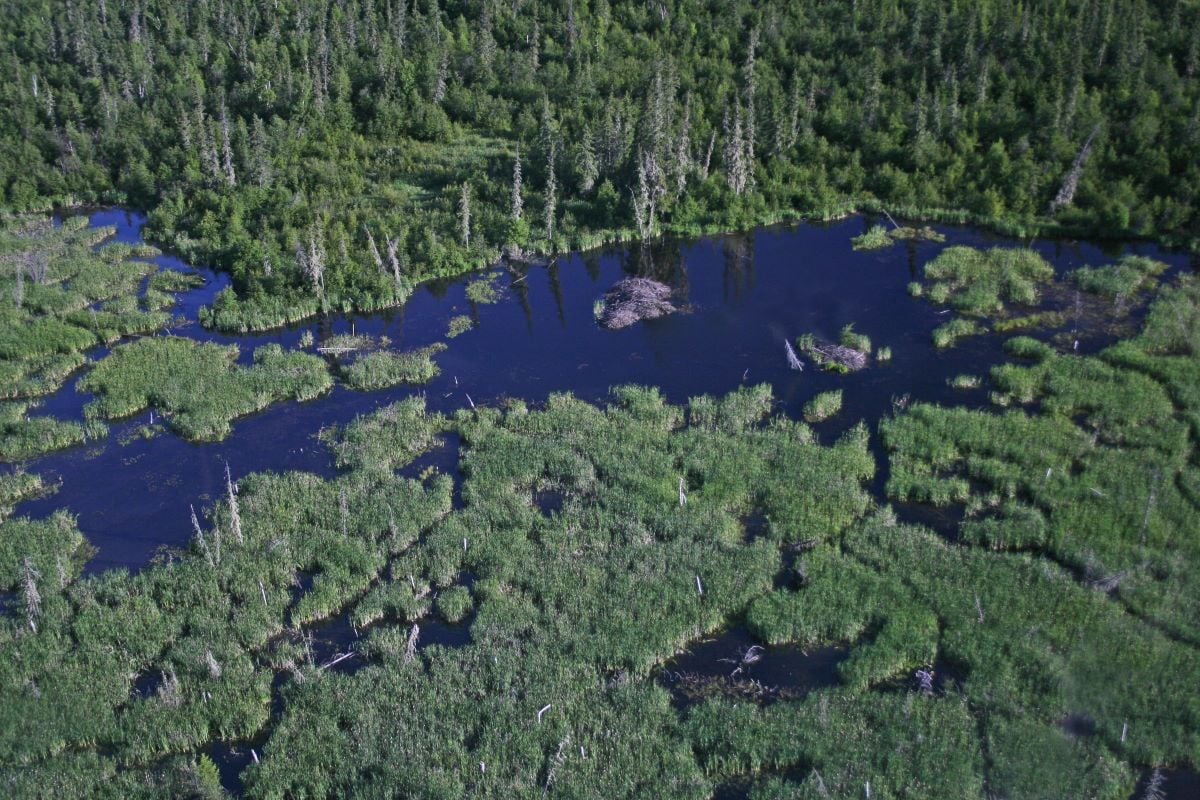Discover The World's Largest Beaver Dam
What if we told you theres a construction project so ambitious, so grand in scale, that its visible from space? The worlds largest beaver dam, an engineering marvel crafted by generations of industrious rodents, stretches over half a mile in length, a testament to nature's unwavering persistence. This remarkable feat, tucked away in the remote wilderness of northern Alberta, Canada, challenges our understanding of animal architecture and begs the question: just how far can natures ingenuity go?
Located within the vast expanse of Wood Buffalo National Park, this colossal dam isnt just a random pile of sticks and mud. It's a carefully orchestrated structure, a symphony of wood, mud, and stones, meticulously woven together by generations of beavers. Discovered in 2007 via satellite imagery, its sheer sizeapproximately 850 meters (2,790 feet) longdwarfs any known human-made equivalent built by these semi-aquatic mammals. This natural wonder has remained largely untouched by human hands, with only one documented individual having trekked into the Canadian wilderness to witness its majesty firsthand since its discovery.
| Common Name: | North American Beaver |
| Scientific Name: | Castor canadensis |
| Location of Largest Dam: | Wood Buffalo National Park, Alberta, Canada |
| Dam Length: | Approximately 850 meters (2,790 feet) |
| Year of Discovery: | 2007 (via satellite imagery) |
| Reference: | Parks Canada - Wood Buffalo National Park |
The scale of this beaver metropolis is almost incomprehensible. Imagine a structure nearly twice the length of the Empire State Building, built not with steel and concrete, but with the simplest of natural materials. Thousands upon thousands of trees, meticulously felled and interwoven, form the dams sturdy framework. Mud and stones, acting as a natural cement, fortify the structure, providing resilience against the relentless flow of water. This intricate network of canals and lodges, a testament to the beavers' sophisticated understanding of hydraulics, creates a thriving ecosystem, impacting the surrounding landscape in profound ways.
The beavers, often referred to as "nature's engineers," exhibit an innate understanding of their environment. Their dams not only provide them with shelter and protection from predators, but also transform the surrounding landscape. By slowing the flow of water, they create wetlands, fostering biodiversity and providing habitat for a myriad of species. These wetlands act as natural sponges, absorbing excess rainfall and mitigating the effects of flooding downstream. The dams also improve water quality by trapping sediments and pollutants, contributing to the overall health of the ecosystem. These furry architects, with their instinctive brilliance, play a vital role in maintaining the delicate balance of nature.
The existence of this monumental dam raises intriguing questions about the long-term impact of beaver activity. While the benefits of beaver dams are well-documented, the sheer size of this particular structure suggests a scale of environmental modification rarely seen. How does this massive dam affect the flow of water through the entire park? What are the long-term consequences for the surrounding flora and fauna? Further research into the ecological implications of this mega-dam could provide valuable insights into the complex interplay between animal behavior and environmental change.
Beyond its ecological significance, the giant beaver dam also stands as a symbol of nature's resilience and adaptability. In a world increasingly shaped by human activity, this remarkable structure serves as a potent reminder of the power and ingenuity of the natural world. It is a testament to the collaborative spirit of these remarkable creatures, working together over generations to create something truly awe-inspiring. The dam reminds us that even the smallest of creatures can leave an indelible mark on the planet, shaping the landscape and reminding us of the intricate web of life that connects us all.
While the giant beaver dam remains a remote and largely inaccessible wonder, its existence sparks the imagination and inspires a sense of awe. It is a testament to the boundless creativity of the natural world and a powerful reminder of the importance of preserving wild spaces for future generations to discover and marvel at. The story of the giant beaver dam is a story of persistence, ingenuity, and the remarkable power of nature to shape our world.
The Castoroides, an extinct genus of giant beaver, once roamed North America during the Pleistocene epoch. While not the builders of the Wood Buffalo dam, their presence in the fossil record underscores the enduring legacy of beavers in shaping the continents landscapes. Two recognized species, C. dilophidus in the southeastern United States and C. ohioensis across much of North America, highlight the historical range and diversity of these impressive creatures.
Understanding how beaver dams regenerate is key to their conservation. A damaged dam might respawn, but only if a few beavers survive. The larger the surviving population, the quicker the reconstruction. Complete eradication of the beaver colony, however, spells the end of the dam, with no workforce left to rebuild. This delicate balance underscores the importance of sustainable management and the interconnectedness of wildlife populations and their habitats.


